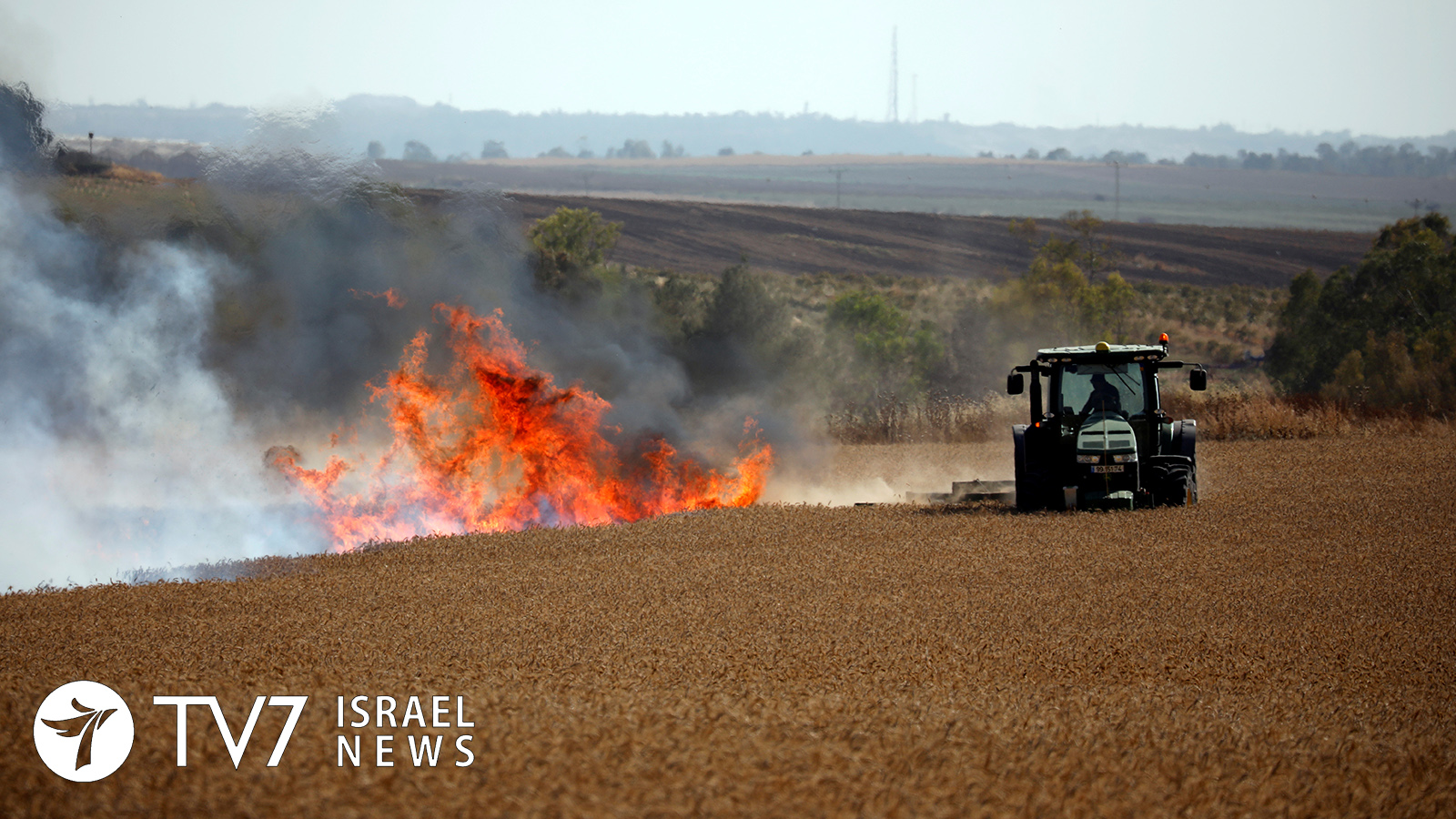Jerusalem announced its decision to immediately reduce the fishing-zone along the Mediterranean-coast of the Hamas-controlled Gaza Strip to ten-nautical-miles, in wake of a barrage of incendiary balloon attacks that caused significant damage to agricultural fields and natural forests on the Israeli-side of the enclave’s border-region.
Israel’s Fire Brigade reported that they were forced to battle eleven-separate blazes, all of which caused by incendiary balloons, including one fire that broke out in an agricultural field belonging to Kibbutz Sdot Alumim, located in the Sdot Negev Regional Council, which destroyed over 50 dunams of crops, equating to some 12 and a half acres.
It is important to note that Israel is currently facing a severe heatwave, with the temperature in the southern Gaza border-region reaching up to 42 degrees Celsius, which is the equivalent of 105 degrees Fahrenheit. Thus, according to an Israeli security official, Islamist Palestinians have sought to take advantage of the dry weather conditions by launching dozens of incendiary balloons toward the southern communities of the Jewish state – despite several Israeli measures that sought to alleviate the humanitarian distress of the Gaza population.
In response to the Israeli decision to reduce Gaza’s fishing-zone from 15 to 10 nautical miles, several Israeli lawmakers voiced criticism of the move, including Knesset Member Motti Yogev of the Union of Right-Wing Parties. The new Israeli lawmaker stressed that instead of hurting the Gazan population, Jerusalem should target the terrorist leaders and deter them from permitting future attacks against Israel – referring to the leadership of the Islamist Hamas and Islamic Jihad organizations.
